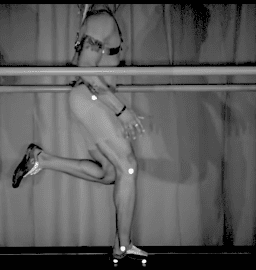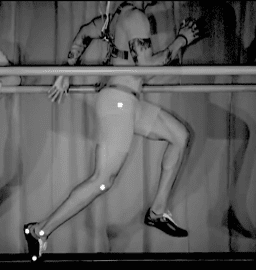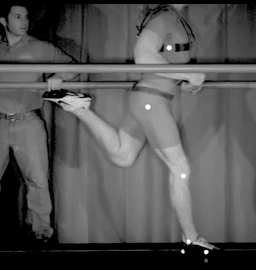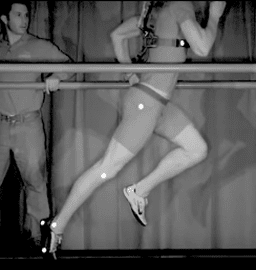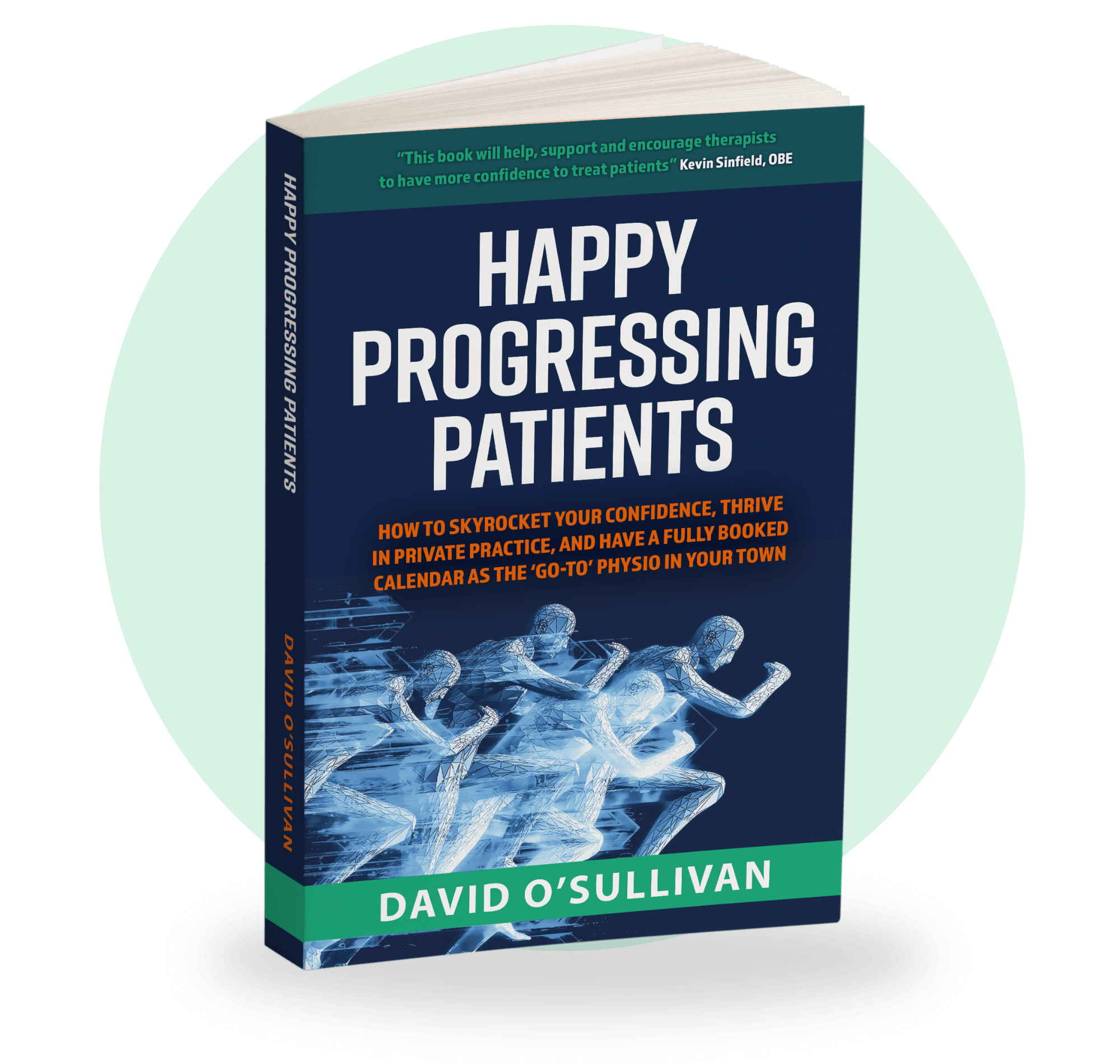
Most therapists are wasting their time doing ‘glute strengthening’ exercises.
That’s a bold statement to make, but hear me out before dismissing it completely.
The glutes seem to be the scapegoat for a lot of injuries these days. If you’re a therapist, chances are at some point in the past you’ve prescribed a glute bridge for a number of different presentations (knee pain, ankle pain, hip pain etc.).
I used to prescribe them a lot too. It was all the rage when I was starting out, and it made sense to me at the time. As I got more experienced though I started to question if it was really the best way…
I still prescribe glute bridge style exercises today, but my intent is very different. I don’t prescribe them to strengthen the hip joint, I prescribe them to improve the coordination between the ankle knee and hip.
This leads me nicely onto my next bold statement:
The glute is only as good as the gastroc and hamstrings allow it to be…
In gait, when the foot hits the floor there’s a whole lot that needs to happen at the ankle and knee before the hip extends. To allow that hip to extend efficiently, the gastroc and hamstrings need to co-contract with the quadriceps to delay knee extension. If this is done well, the tissues around the knee work isometrically to stabilise as the hip does work:
In the image above on the left you can see how we want the hamstring and gastroc to co-contract with the quads when the foot hits the floor. In the image on the right, you can see that as the athlete goes to push off he remains in a degree of knee flexion as the hip extends allowing the glute to do work. So throughout the whole gait cycle he needs a good isometric contraction of the distal hamstring and proximal gastroc with the quadriceps to delay knee extension. This is what a good co-contraction looks like.
In contrast if you look at the sprinter in the images below, you’ll see how he lands in more knee extension, and as he goes to push off he has already achieved almost terminal knee extension.
From this position he has already achieved hip extension, and therefore the glute is not in a good position to produce force (shortened). This is compounded by his pelvis and ribcage position (see video below for a full analysis of this), but for the sake of understanding this blog, let’s just focus on the knee. We could hypothesise from this strategy, that he is not using enough hamstring and gastroc to delay knee extension so the quad is taking over to knee extend early (and therefore do more work instead of the hip).
I have no idea if this athlete is experiencing pain or not. If he was, you could prescribe all of the glute strengthening exercises you want, but unless you restore the ability of the gastroc and hamstrings to co-contract with the quadriceps then this athlete is going to have no chance of transferring that glute strength to his running, and I would expect the pain to return eventually if he continued to use this strategy.
This is something that I see every day in the clinic. If it’s not runners, it’s weightlifters snapping the knees back as they deadlift – again the same result of the hip not being able to produce force and the back having to do all of the work instead (ever treated someone with back pain after deadlifting?..).
In the video below, Dave further deconstructs the example of the sprinters I’ve used in this article. Give it a watch and see the power of a good knee co-contraction in action, and stay tuned for the follow up article where I show you how I teach glute bridges to my clients to help them coordinate this co-contraction at the knee as the hip extends!
Get Your FREE Copy Of The Amazon #1 Bestseller That Holds The Secret To Confidently Treating Any Patient!
Download a Free ‘ebook’ copy of the 8-Step ‘World Cup’ Treatment Plan that helped my private patients achieve full recovery and made me a ‘go-to’ physio for complex cases…
